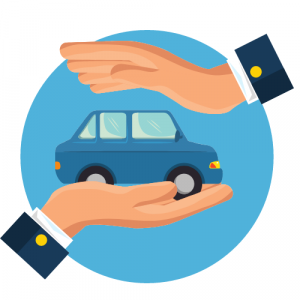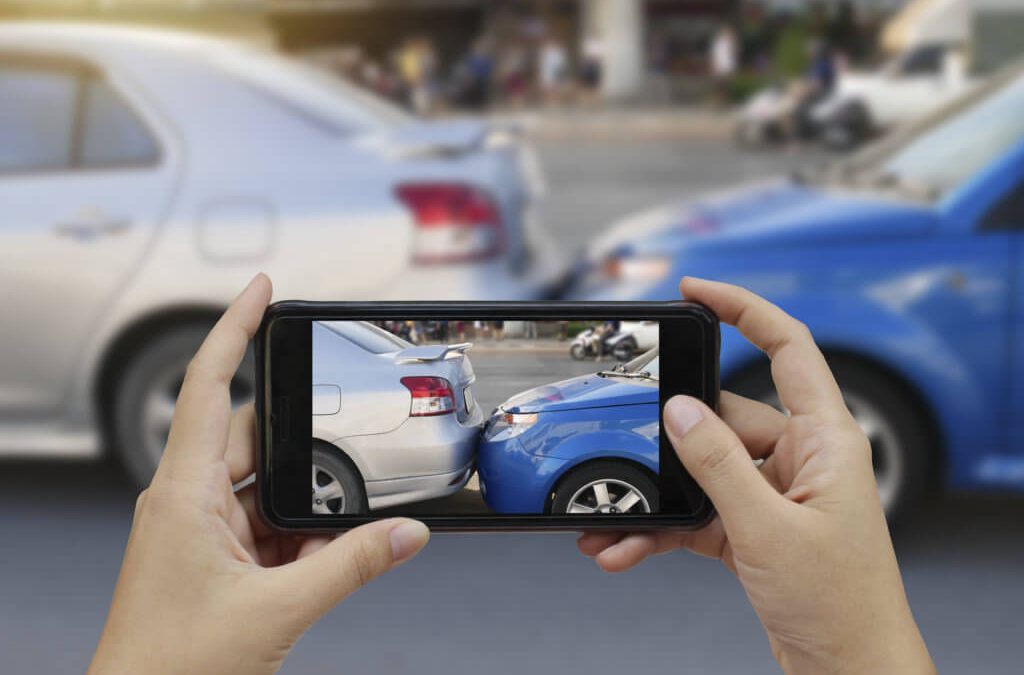Image Credit:
Direct Auto Insurance
In the event of an accident, most drivers know that they need to take as many photos as possible, but many aren’t sure what constitutes the right sort of photograph. Needless to say, the right photos go a long way, and can heavily affect your insurance claims process or any (touch wood) ensuing legal battles after your car accident.
What photos are of use, and what pictures should you forgo altogether? After reading this article, you’ll no longer be hemming and hawing about what you need. Here are 5 important photos to take after a car accident, plus some pro tips:
1. Property damage

Image Credit: Edgar Snyder
This includes both internal and external damage to any and all vehicles involved, and damages are done to objects, buildings, signs, and more. Apart from capturing shots of the damage incurred, do also take pictures of other useful evidence such as skid marks, glass, debris, and more.
2. Crucial details

Image Credit:GWD Performance
If you prefer writing these details down, go ahead, but a more accurate method of noting down important information is to snap photos. Photos can prove to be especially helpful if you’re not feeling too sharp following an accident.
You’ll need to take down details such as the other party’s full name, address, identification number, license plate number, car model and make. If there are any witnesses or bystanders nearby, do also get their details as their help could come in handy.
3. Injuries

Image Credit: Tulca Accident Care Centre
Take photos of your injuries as soon as you notice them, and be observant – Some injuries take time to show up. If you’re injured, take photos of your injuries over time.
Please also be mindful and sensitive at the scene of the accident, and always respectfully ask permission if you need to take pictures of other injured individuals. You want to keep things as cool as possible instead of escalating tension.
4. Surrounding scene

Image Credit: Today Online
Context is everything when it comes to accident assessment. Traffic lights, overgrown foliage, weather conditions, road works, and the like paint a clearer picture of the accident and aid your case.
Do also take pictures of any nearby businesses – they could have security cameras that have captured helpful footage, and a picture will help you remember that you can ask for their help.
5. Personnel involved

Image Credit: Live Giving Chiropractic
If possible, take pictures of the third party, potential witnesses and bystanders, passengers, and any other people at the scene of the accident. Taking photos of third-party passengers is one way to protect yourself against motor insurance fraud, whilst photos of witnesses can help you remember to ask for their help if needed.
Photo-taking tips
Now that we’ve covered the type of photos you need to take, here are 11 pro tips, free of charge, to help make sure you’re 100% covered.
- Always take more photos than you need.
- Place an easily identifiable item in your photos so it is easier to assess the scale and size of evidence.
- Make sure that part of your vehicle is visible in close-up shots.
- Take pictures from different angles and varying distances.
- Give a great overview – Detailed and wide-angle shots are both useful.
- If injured, take images of how your injury progresses with time.
- If you’re unable to take pictures, get someone to help. Your safety always comes first.
- If you can, take images of vehicle interiors. Crucial evidence, such as whether seat belts were worn, can be uncovered from such shots.
- Where necessary, take videos.
- Do not delete your photos after passing them on to the authorities or your insurer. It is always good to have a spare copy of your evidence.
- Have… You heard of a dashcam?
Find out how much your car is worth today


